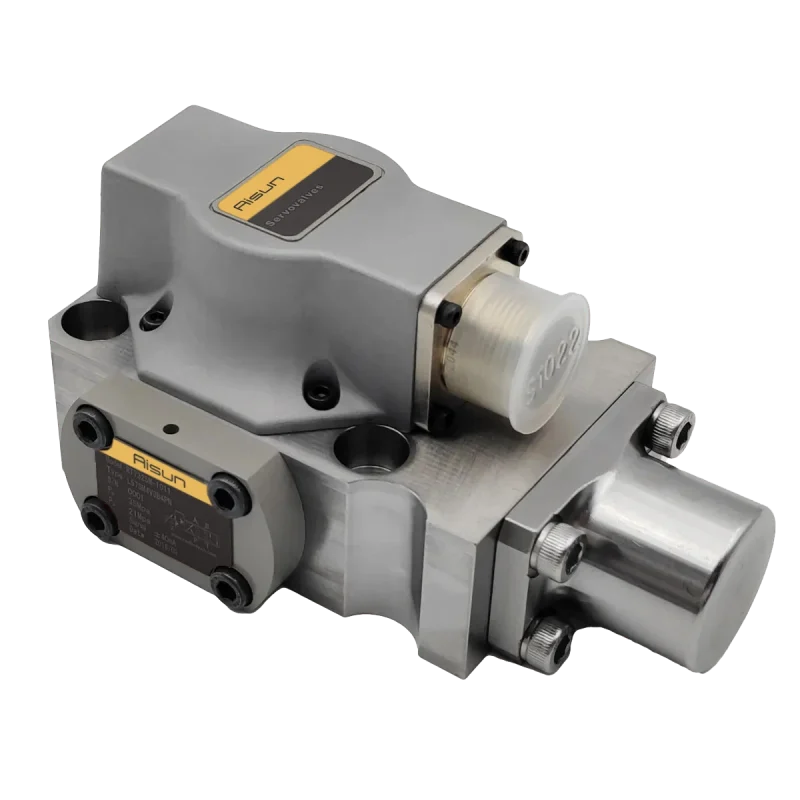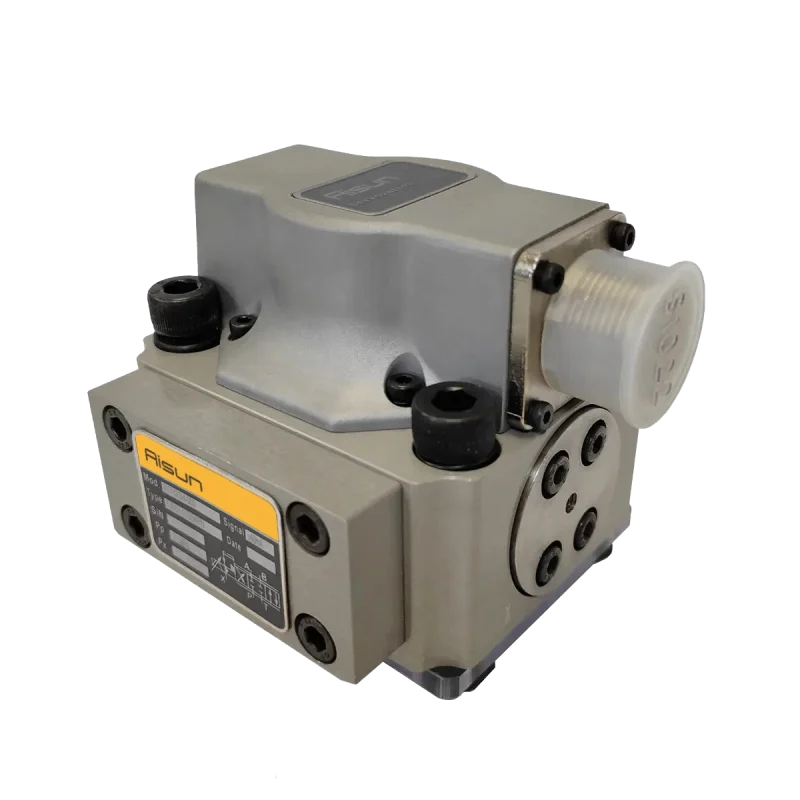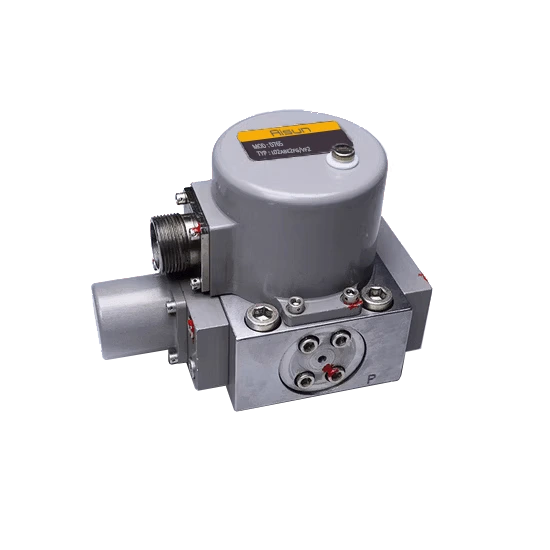Hydraulic servo valves are specialized components in hydraulic systems designed to provide precise control over the position, velocity, and force of hydraulic actuators, such as cylinders and motors. They operate based on feedback mechanisms and are integral to high-performance applications where accuracy and responsiveness are critical. Here’s an in-depth look at hydraulic servo valves, including their types, features, working principles, advantages, and applications.
Types of Hydraulic Servo Valves
1. Electrohydraulic Servo Valves (EHSV):
– Function: These valves use electrical signals to control the flow of hydraulic fluid.
– Operation: An electric motor or solenoid adjusts the position of a spool or poppet, modulating fluid flow to the actuator based on the input signal.
2. Servovalves with Feedback Control:
– Function: These incorporate feedback mechanisms to ensure precision in control.
– Operation: They monitor the output (position, pressure, or flow) and adjust the valve position in real-time to maintain the desired setpoint.
3. Direct-Operating and Pilot-Operated Servo Valves:
– Direct-Operating: These valves directly control the hydraulic flow and are typically used in smaller systems.
– Pilot-Operated: These use a smaller control signal to operate a larger hydraulic flow, making them suitable for high-flow applications.
-
hydraulic Servo Directional valves 730 Series
Original price was: $4.226.$4.141Current price is: $4.141.Servo Directional valves 730 Series
Servo Directional valves 730 Series are a type of high-performance, precision valve used in hydraulic control systems. They are designed to control fluid flow in response to electrical input signals, providing fine, proportional control over hydraulic actuators like cylinders or motors. These valves are essential in applications that require accurate motion or position control, fast response times, and reliable performance in demanding environments. The Servo Directional valves 730 Series are typically used in aerospace, industrial, and other precision-driven applications.
-
hydraulic Servo Directional valves D660
Price range: $5.198 through $9.101Servo Directional valves D660
The Servo Directional valves D660 is a type of electro-hydraulic servo valve used in advanced hydraulic control systems. It is designed to offer high precision and high-performance control for regulating fluid flow, pressure, and direction in a wide range of industrial and mobile applications. The D660 series is primarily used in applications where extremely precise control of hydraulic actuators (such as hydraulic cylinders or motors) is critical. These applications can include aerospace, machine tools, automation systems, and high-precision hydraulic testing.
-
hydraulic Servo Directional valves D761
Original price was: $3.432.$3.312Current price is: $3.312.Servo Directional valves D761
The Servo Directional valves D761 is a precision valve commonly used in hydraulic control systems to regulate fluid flow in response to electrical input signals. It is part of the family of servo valves, which are designed to offer high-performance control in applications where precise motion or position control is required. These valves are used in a wide range of industries, including aerospace, industrial automation, robotics, and more.
-
hydraulic Servo Directional valves D765
Original price was: $7.016.$6.903Current price is: $6.903.Servo Directional valves D765
The Servo Directional valves D765 is a precision valve commonly used in hydraulic control systems to regulate fluid flow in response to electrical input signals. It is part of the family of servo valves, which are designed to offer high-performance control in applications where precise motion or position control is required. These valves are used in a wide range of industries, including aerospace, industrial automation, robotics, and more.




